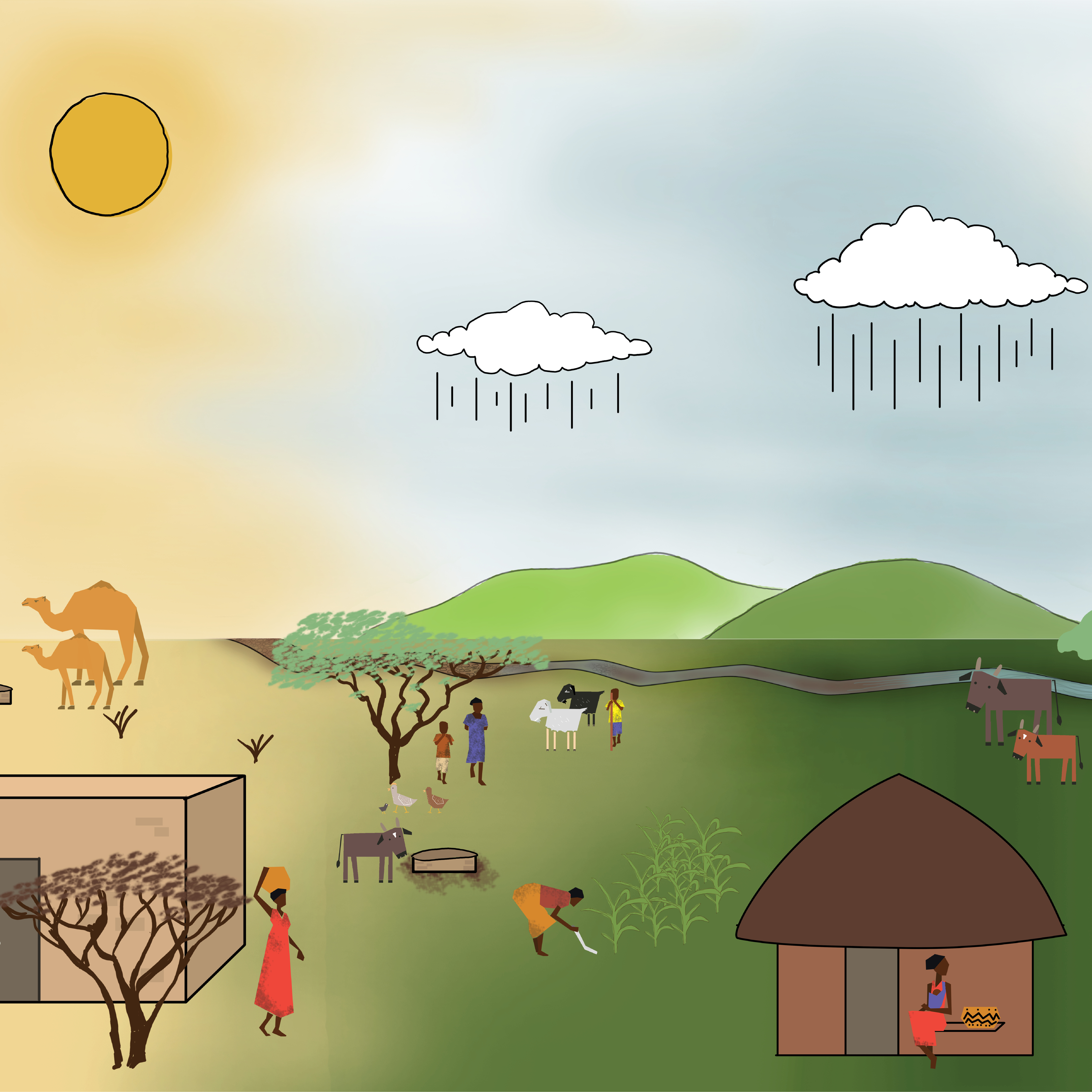Acute Malnutrition Seasonality and Climate

This project interrogates widely-held assumptions about when acute malnutrition is at its highest in dryland countries. The current consensus is that malnutrition and hunger are greatest during the pre-harvest period. This belief is based on survey designs and analytical methods which discretize time frames into pre-harvest/post-harvest, dry/wet, or lean/plenty seasons. Our analysis shows that there are actually two times in the year that malnutrition peaks in drylands. There is a large spike in malnutrition at the beginning of the rainy season, and there is a second, smaller spike during the pre-harvest period. This first, large spike is rarely accounted for in nutrition programming. These findings highlight the systemic association between climate and acute malnutrition. This research can be used to estimate when malnutrition rates will spike and inform the timing of nutrition programs at the subnational level.
This project uses multiple secondary cross-sectional datasets which are spatially and temporally matched to environmental covariates from remote sensing sources. Flexible harmonic regression methods further allow for improved detection of weekly and monthly fluctuations in wasting prevalence across geographies and climatologies.
Venkat, Aishwarya, Anastasia Marshak, Helen Young, and Elena Naumova. “Seasonality of Acute Malnutrition in African Drylands: Evidence from 15 Years of SMART Surveys.” Food and Nutrition Bulletin. (Forthcoming).
Supplemental Materials: This document (FNB Supplemental Materials) contains summaries of dryland SMART surveys and detailed discussion of harmonic regression model results across aridity and livelihood zones. Results can be used to contextualize findings presented in the main manuscript.
